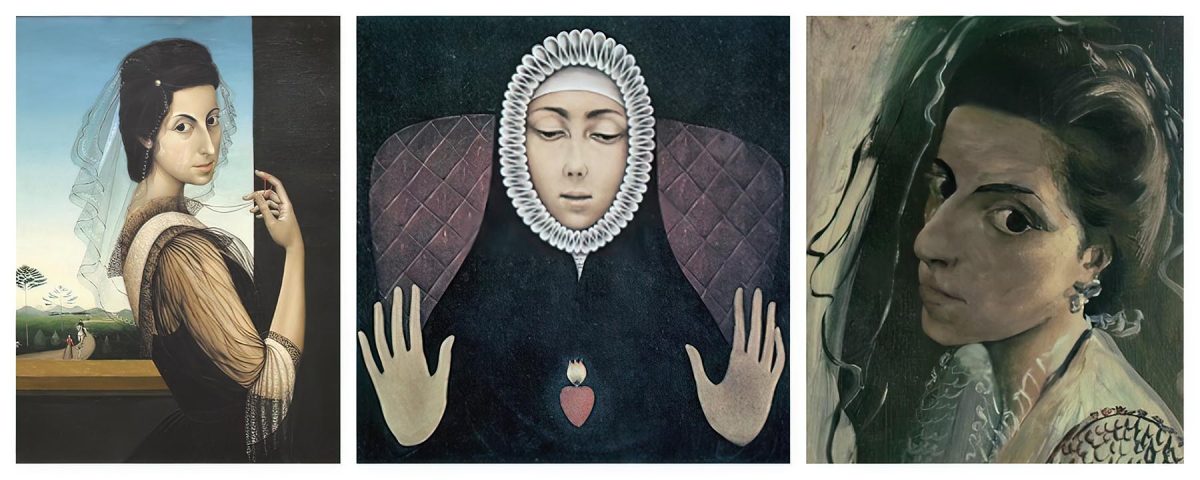Milena Pavlović-Barili’s artistry weaves the mystical with the tangible, creating a tapestry of work that transcends the boundaries of time and convention, reflecting a life steeped in both heritage and visionary creativity
Milena Pavlović-Barili, born in 1909 in the Serbian town of Požarevac, was an artist whose work transcended the conventional boundaries of her time, blending elements of surrealism, symbolism, and a unique ethereal quality that was all her own. Her upbringing in a creative household, with a father who was a composer and a mother an opera singer, undoubtedly influenced her artistic path, imbuing her works with a lyrical and melodious quality.
Pavlović-Barili’s education in art began in Belgrade and continued in Munich at the Royal School of Arts, where she honed her skills and developed her distinctive style. Her work often explored themes of mythology, spirituality, and femininity, weaving these elements into captivating visual narratives that spoke of deeper, universal truths.
One of her most significant pieces, “The Knight of Death,” created in 1938, delves into the themes of mortality and the transient nature of life. The painting portrays a knight, a timeless symbol of the march towards death, yet there’s an inherent beauty and tranquility in the composition, suggesting a serene acceptance of life’s inevitable end.

Her “Self-Portrait with Lute,” painted in 1942, showcases Pavlović-Barili’s introspection and her connection to the Renaissance era, a period that greatly influenced her work. The self-portrait, characterized by its dreamlike ambiance and the symbolic presence of the lute, reflects her personal narrative and her artistic lineage, drawing a parallel between her creative process and the harmonious melodies of music.
Another notable work, “Rider,” epitomizes Pavlović-Barili’s fascination with the mythical and the spiritual. The painting features a lone figure on horseback, set against a backdrop that merges reality with the surreal, prompting viewers to contemplate the spiritual journey of life.
“Phantasmagoria” is a visual exploration of the surreal, where Pavlović-Barili masterfully blurs the lines between the tangible and the mystical. This piece invites the audience into a realm of dreams and the subconscious, showcasing her ability to capture the ineffable aspects of human experience.

Pavlović-Barili’s artistic journey was tragically cut short when she passed away in New York City at the young age of 35. However, her legacy lives on through her art, which continues to enchant and provoke thought with its mystical beauty and profound depth. Her paintings are celebrated for their ability to bridge the gap between the visible world and the unseen realms of the psyche, offering viewers a glimpse into the enigmatic nature of existence.
Throughout her career, Pavlović-Barili exhibited her work across Europe and the Americas, gaining acclaim for her unique vision and her ability to infuse her art with a sense of otherworldliness and introspection. Her contribution to the art world remains significant, as she pushed the boundaries of traditional art forms and paved the way for future generations of artists to explore the interplay between reality and imagination.

In the end, Milena Pavlović-Barili’s life and oeuvre serve as a testament to the enduring power of art to transcend time, space, and the limitations of the human condition. Her work invites us on a journey through the landscapes of the mind, where the mystical and the mundane intertwine, offering a window into the soul of an artist who saw the world not only for what it was but for what it could be. Her legacy is a reminder of the transformative potential of creativity and the boundless realms of imagination that lie within each of us, waiting to be explored.